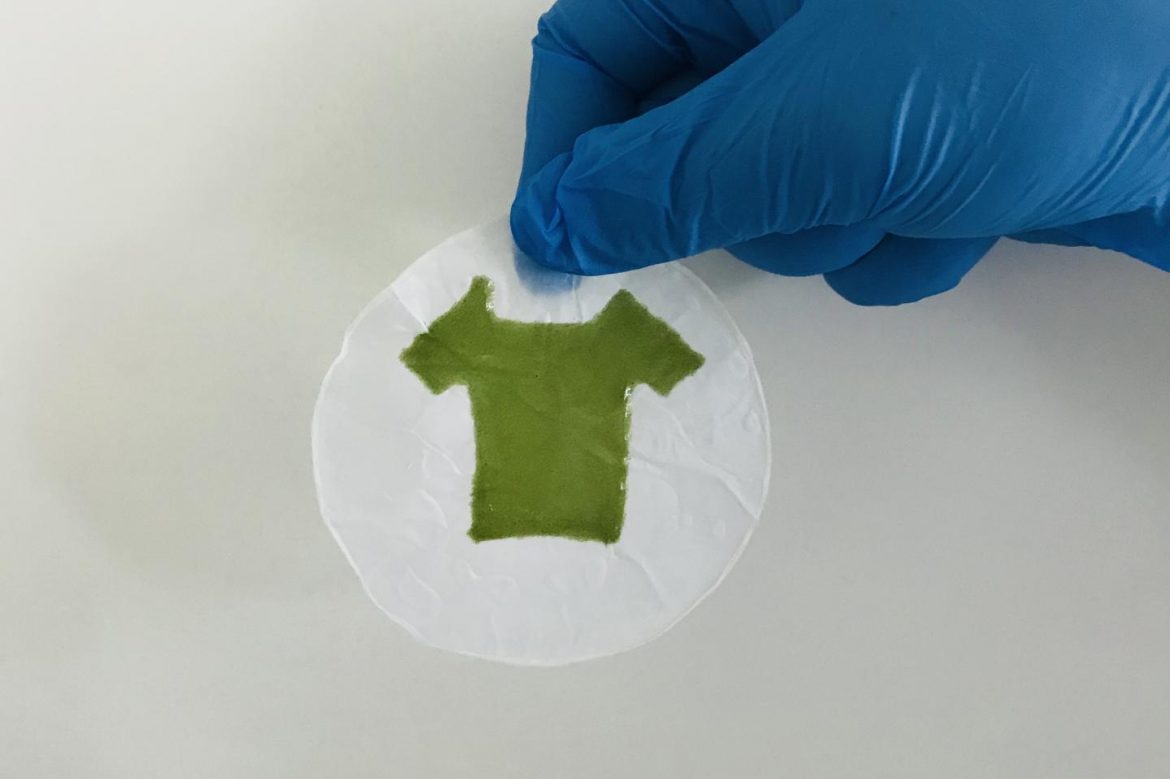
“Living” Materials are Close!
What if household items, electrical appliances, curtains, and maybe even clothes could produce their own energy using sunlight, be fully recyclable and biodegradable, remove carbon from the atmosphere, and clean the air? Does it sound like a distant dream?
Dr. Marie Aubin-Tam from Delft University produced with her team a photosynthetic material that can shape microalgae via three-dimensional printers, getting one step closer to making this dream come true. Although 3D algae printers based on similar technologies do exist, most of them are hydrogel-based and fail to produce materials durable enough to be used in real life.
While studying how the microalgae Chlamydomonas reinhardtii moves in water, the researchers wondered if they could use this in materials technology. They produced a biological “ink” obtained from living microalgae, and processed it via a 3D printer on bacterial cellulose (a fibrous material that forms on top of bacterial cultures and becomes like a hard paper when dried). Dr. Aubin-Tam states that they succeeded in their first attempt, and then experimented with different conditions and designs, testing the material’s mechanical properties.
The bacterial “paper” behind the microalgae resulted in a material that is resistant to curling and crushing. Left alone, the material can survive for three days on its own, and stay alive for a month or more if fed every two to three days. The number of cells increasesin time, that is, the algae do multiply, but without a visible increase in volume. When the paper reaches the end of its life, it can be dissolved and reused. Even when not reused, it is completely biodegradable and thus creates no pollution.
The biggest advantage is that it only requires 3D printers that cost less than $250, or can be produced at home by DIY enthusiasts. In fact, you can find all the instructions in their article.
The technology of producing materials using living cells is quite fascinating for scientists. The idea of using items that are able to sense and react to the conditions in their environment that can live and eventually die, is very exciting. Besides being a fully sustainable material, it is also possible to produce energy by simply leaving it under sunlight. Wouldn’t it be nice to be able to charge your mobile phone by just placing it a sunlit corner for an hour?
The future of this technology looks pretty bright. It can have a wide range of applications, from textiles that can photosynthesise, to synthetic “leaves” that can be used to produce oxygen in space, and to biological filters that purify air and water. Although it is a bit too early for these, a fabric that can capture carbon in the air or solar-powered curtains may enter our lives sooner than expected.
REFERENCES
- 1. https://www.scientificamerican.com/podcast/episode/new-3-d-printed-material-is-tough-flexible-and-alive/
- 2. https://www.tudelft.nl/en/2021/tnw/researchers-create-living-material-based-on-algae
